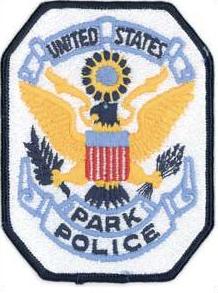The History of the United States Park Police Motorcycle Unit
The United States Park Police purchased its first Harley Davidson motorcycles in 1917 (the same year that the United States Army created the First Expeditionary Force – later renamed the Big Red One). These Harley Davidson motorcycles were assigned to the first sergeant and one private. The second sergeant and 41 privates were mounted on bicycles, one man left to be a “footman.” During the fiscal year ending June 1917, the force handled 717 offenses. The most common charge was for drunkenness, for which the most common punishment was to go to the workhouse. There were few serious offenses, the worst being six cases of assault and one of robbery. Twenty-five members of the force were called upon to arrest about 50 women for climbing on the Lafayette statues in Lafayette Park and holding a women’s suffrage movement meeting there. In 1919, the force acquired a major new responsibility with the acquisition of Rock Creek Park and its parkway. At this time, the official designation of the force was changed from the “Park Watchmen to the “United States Park Police.” by 1920, with the addition of four additional motorcycles, traffic related offenses rose to 439. As of 1921, the force had a lieutenant, three sergeants and 53 privates. Two of the sergeants and seven privates rode motorcycles, the lieutenant, the third sergeant and 45 privates rode bicycles, and the remaining privates was horse mounted. By 1925, the Motor Unit had grown to a force of twenty motorcycles for use on the “highways” of Rock Creek Parkway as well as East and West Potomac Parks. With the increase in motor vehicles for the public came an increase in the use of motorcycles for the force. With this advance in “new transportation” came an increase in motor vehicle violations. this was evident from the 1942 memo which read “Special attention ‘Motorcycle Men.’ in the event an officer of this department has reason to stop a motorist for a traffic violation and fails to issue a ticket or arrest the person for such violation, he shall submit a written or telephonic report to this office before he goes off-duty. Signed Captain M.H. Raspberry.” From 1931 to 1939, the force recorded 60 reported injuries to members of the Motor Unit, along with one death. During the early years of World War II, Motor Officers were directed to conduct “black-out drills” and assist with movement of civilians from their offices. Many changes occurred within the Motor Unit at that time as needs of the nation’s capital changed with the progress of the war effort. There were added responsibilities of coordination scrap metal drives, gasoline shortages, etc. Memorandums from this time dictate that all “motor men” act in a professional and courteous manner. During the courseof the 1950’s and 1960’s, the unit had grown to approximately 60 motorcycle officers. The most common formal training received at that time to be “mounted” was a few laps around the maintenance yard. Today, new officers are trained by IPTM certified force motorcycle instructors. Training consists of an 80-hour course, which requires both road and off road courses. There are required courses in high-speed pursuit, short obstacle maneuvers, and an officer safety and survival course. In 1996, at the personal request of King Hussein of Jordan, three members of the training staff traveled to Jordan to train the royal family and Royal Guard. Officers assigned to the Motor Unit are required to ride year-round. During the yearly winter period of November to March, each officer is required to ride with a sidecar. this requires a successful completion of an additional 40-hour course for each new member of the unit. This is mandated by the nature of the units’ function as a Principal element in escort duties for the President, Vice-President, and foreign dignitaries while in the nation’s Capitol. The unit works closely with the Secret Service and the Department of State on these escorts. This Motor Unit has been escorting the President of the United States since its inception in 1921. Additionally, the unit is responsible for performing various traffic and patrol duties, as well as handling numerous special events and demostrations. Such events have included the anti-war demonstrations during the late 1960’s-1970’s, the Right of Life March, Martin Luther King March, America’s Bicentennial, Rolling Thunder, Million Man March, the annual Cherry Blossom Detail, Christmas tree Lighting, and the World Bank. In 1995, due to injuries and retirements, the 16 remaining privates of the Motor Unit accounted for over 5,000 moving citations. During the September 11 attacks on Washington D.C., members of the Motor Unit were among the first responder to the Pentagon, escorting memebers of the government out of the city, and securing approximately one third of the District of Columbia after the attacks. Members of the Motor Unit have also been detailed to events such as Atlantia for the Olympics, Death Valley for Outlaw Motorcycle gangs, Boston and Philadephia for governmental election conventions, and other areas of large demonstrations. Unfortunately, officers of Motorcycle Unit account for one-third of the line of duty deaths in the 216-year history of the force. Currently, the force has 30 assigned motorcycles in the Washington D.C. metroplitan area and 4 assigned motorcycles in the San Franciso Office. This creates a motorcycle unit that is assigned to both the East and West coasts of the United States, and that truly encompasses the name “United States Park Police Motor Unit.”
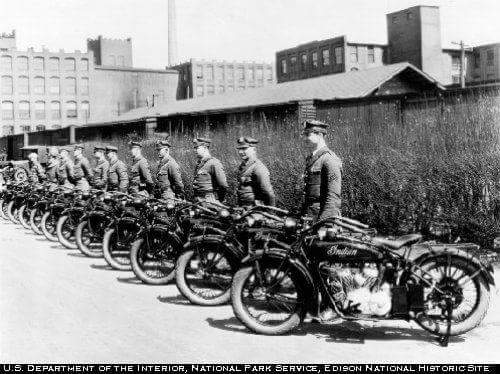
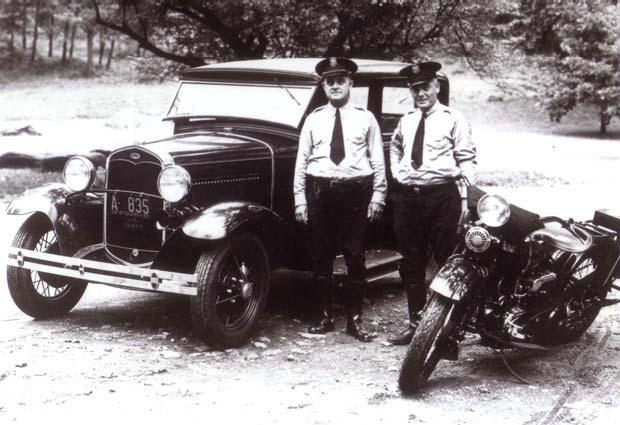
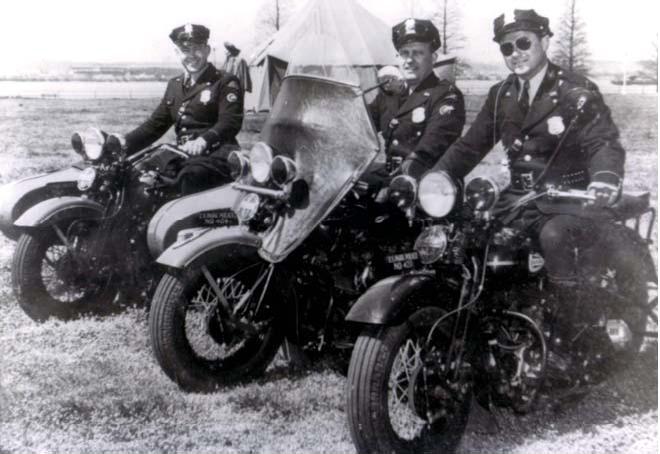
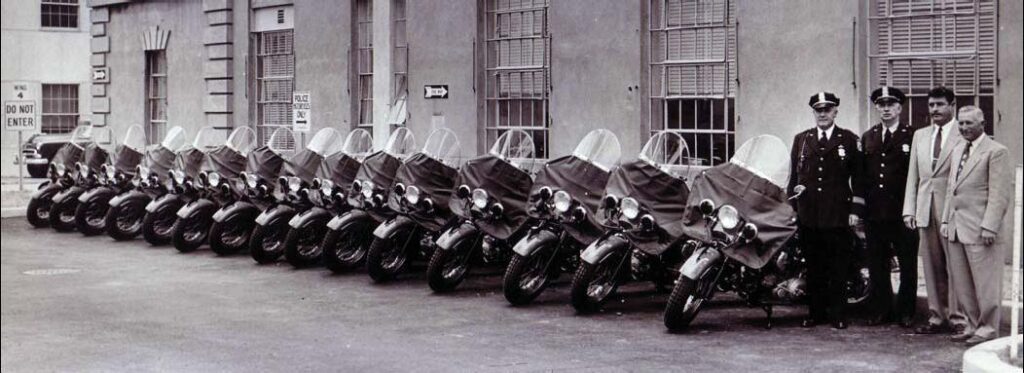
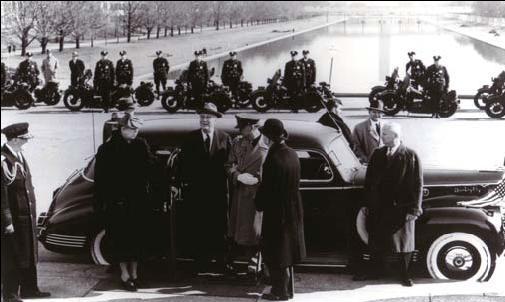
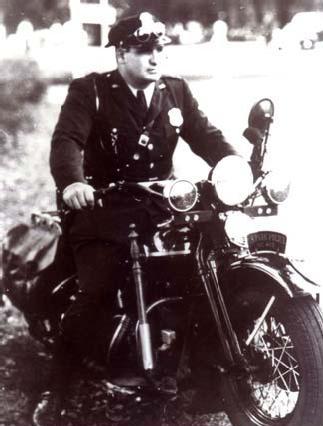


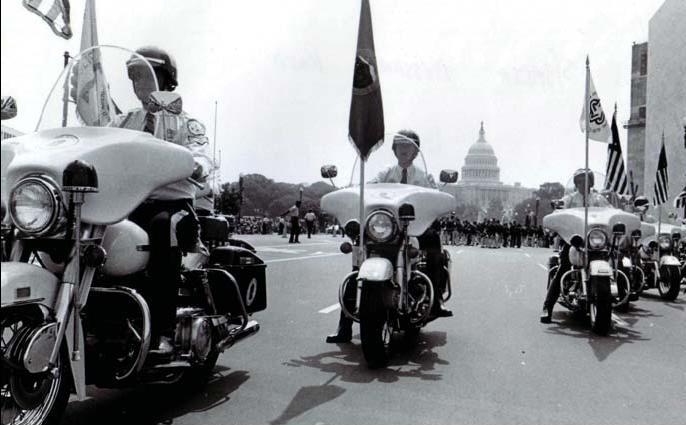
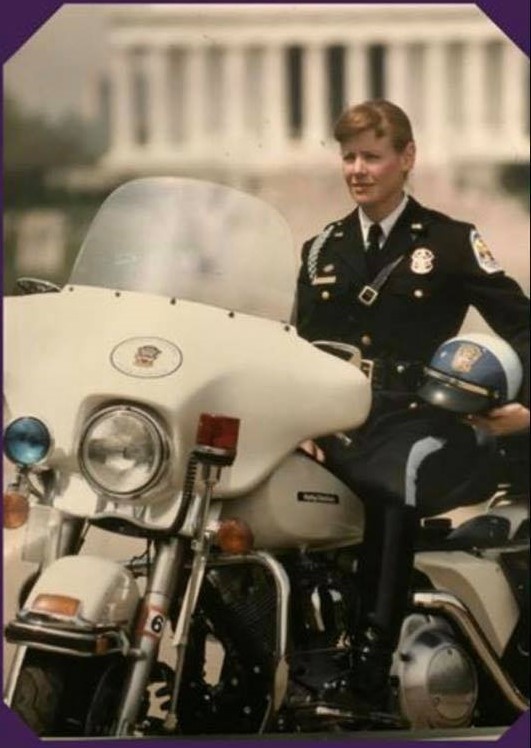
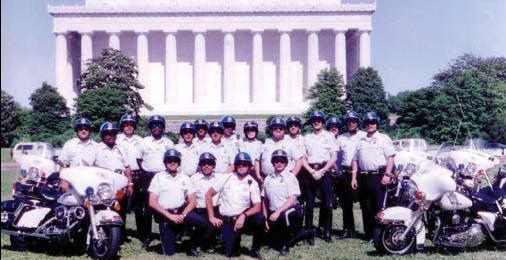
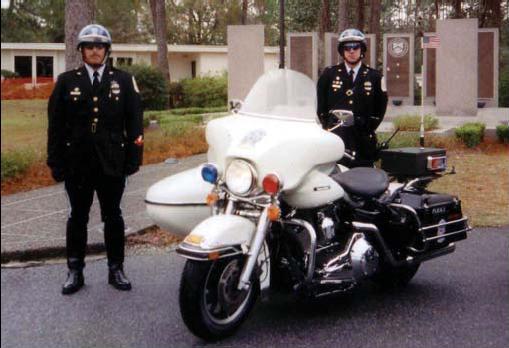
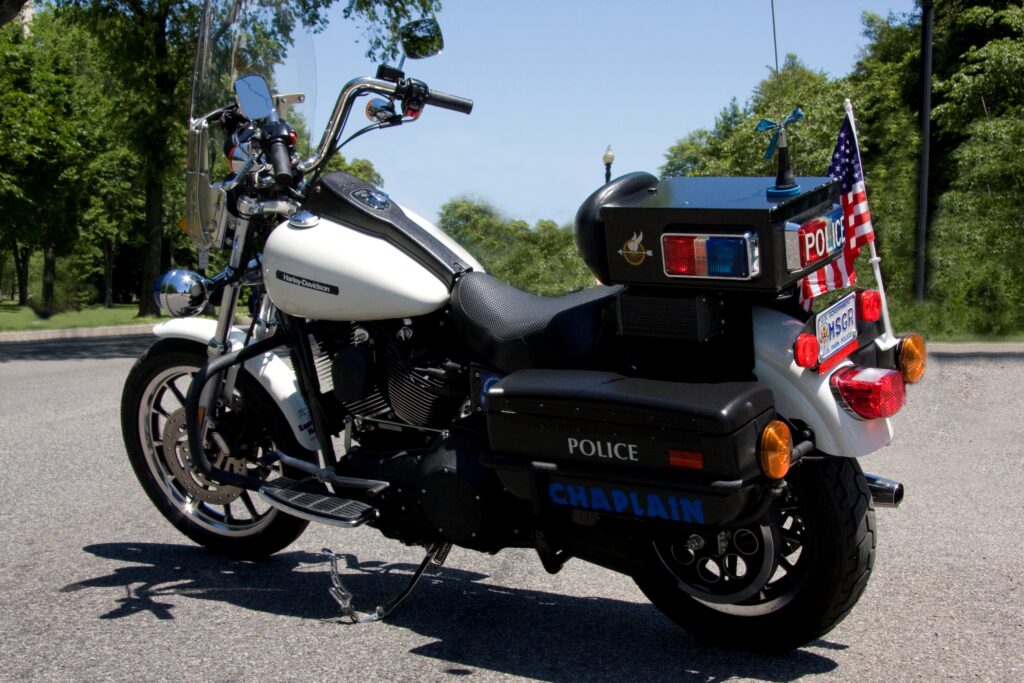

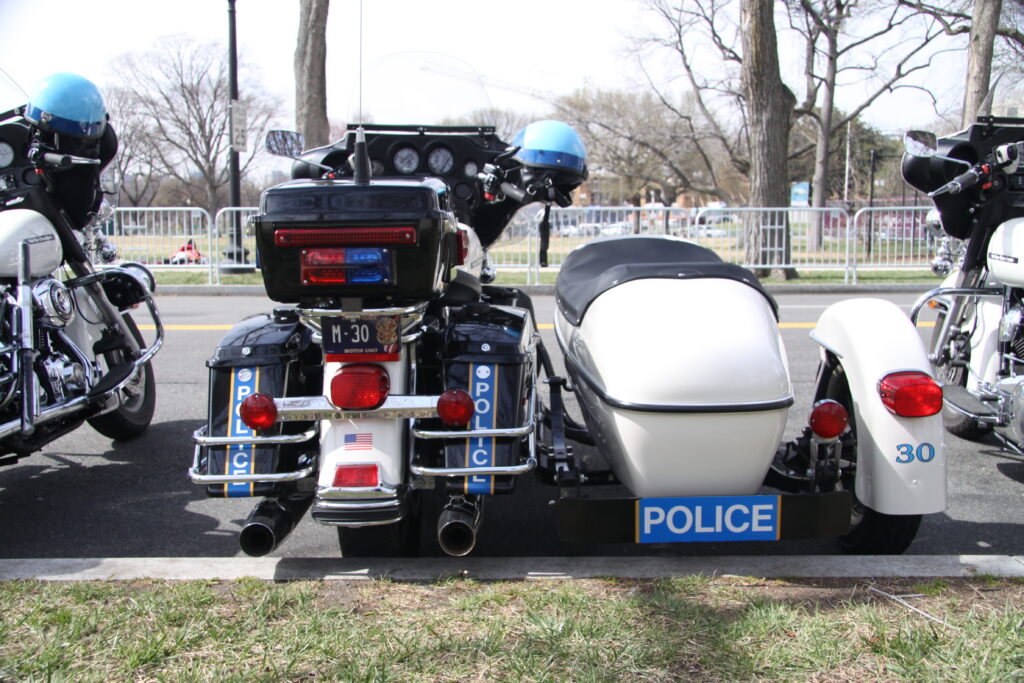
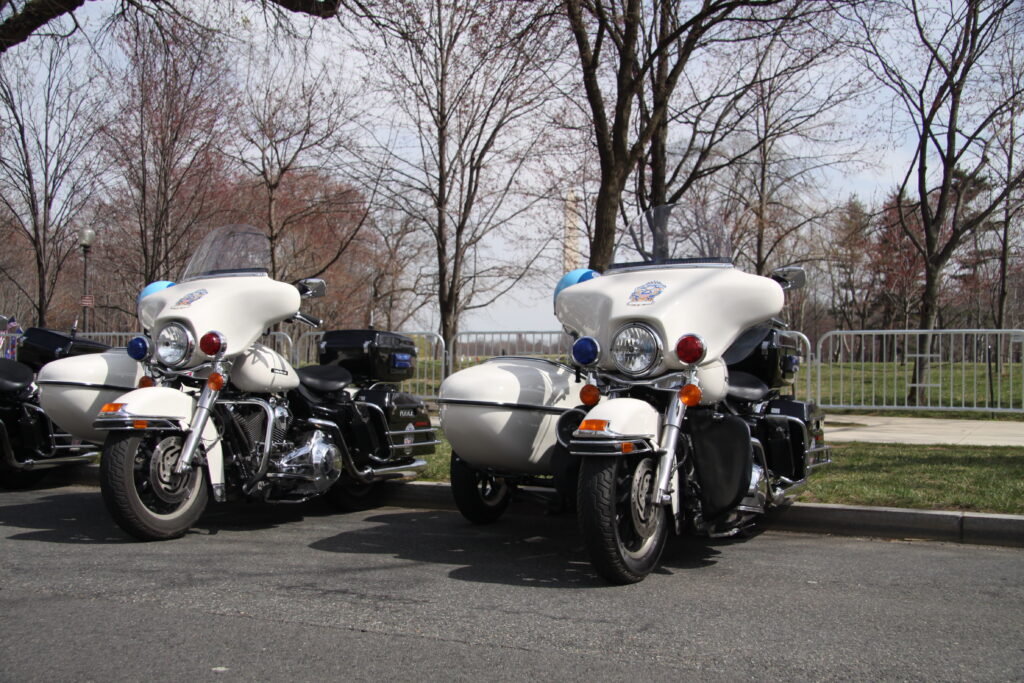

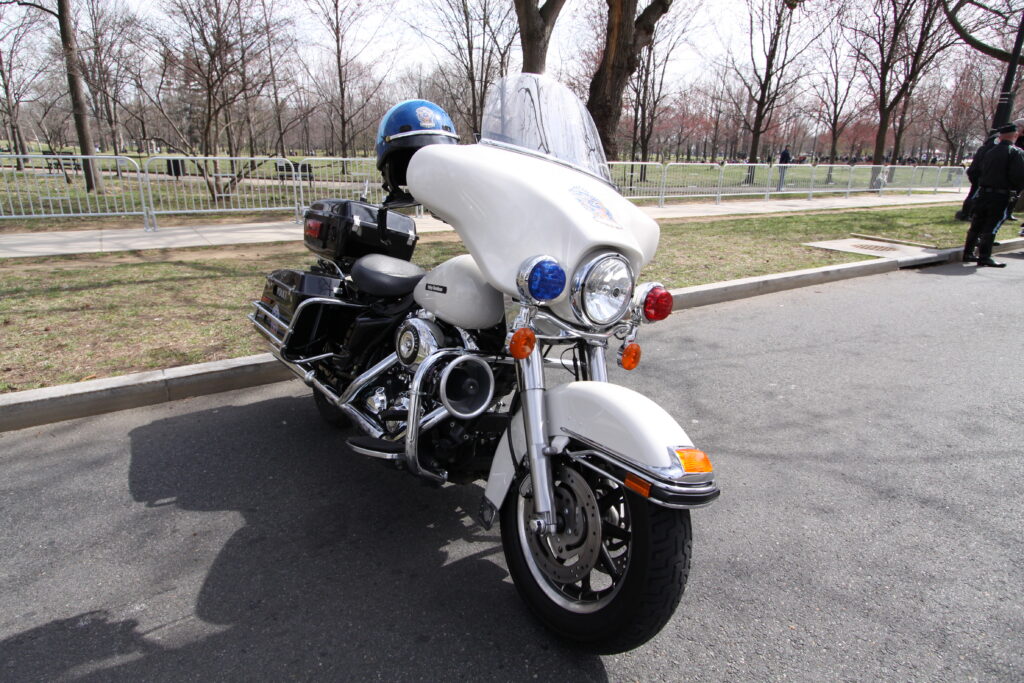
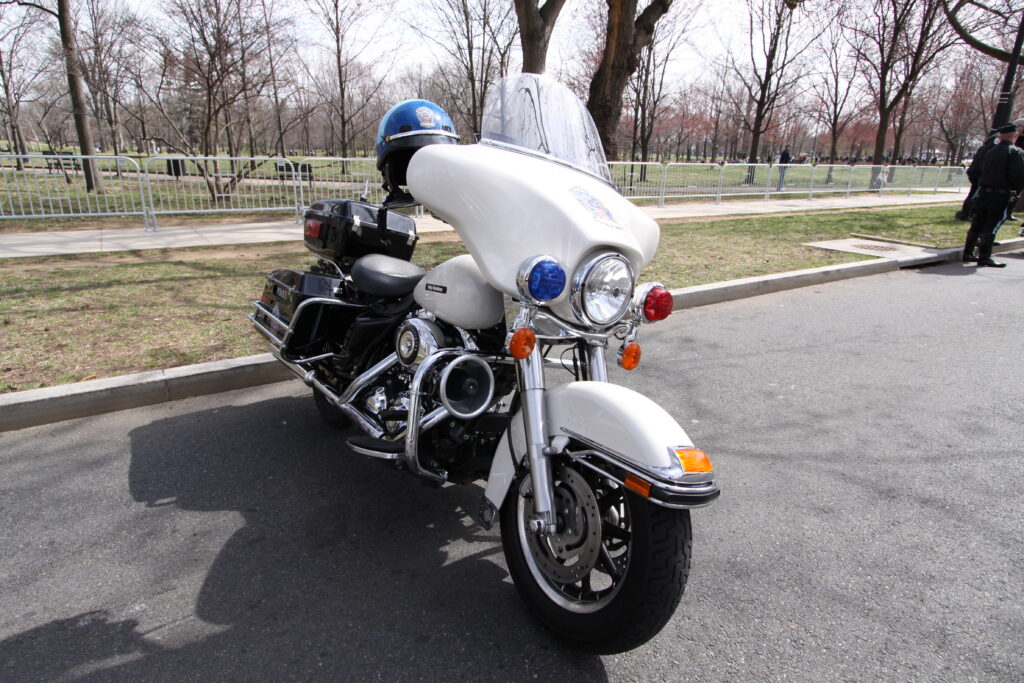
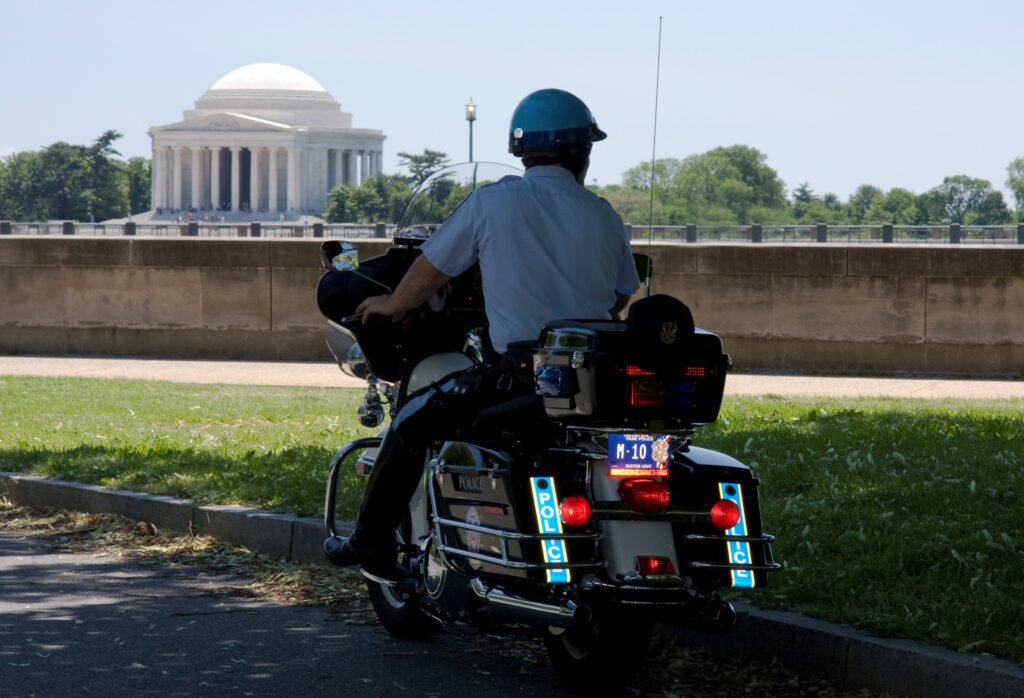
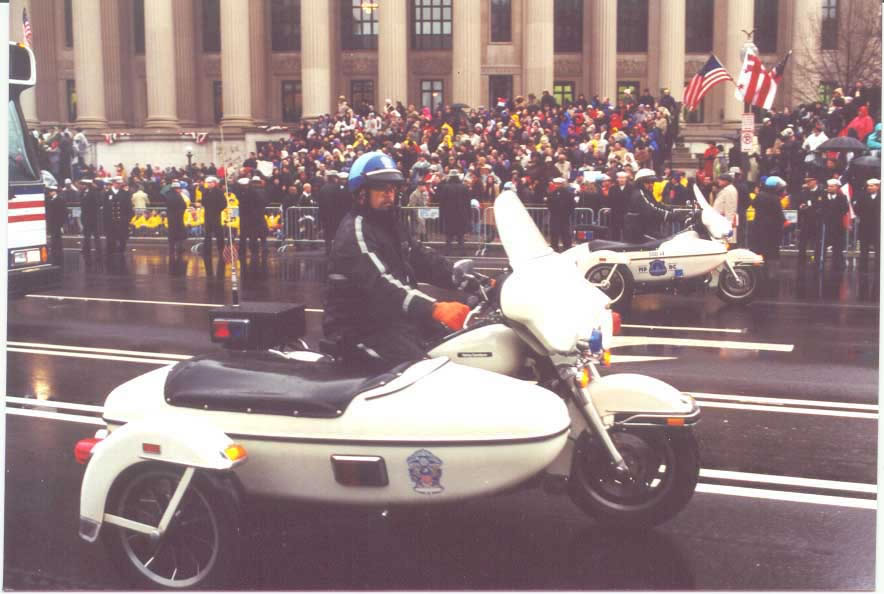
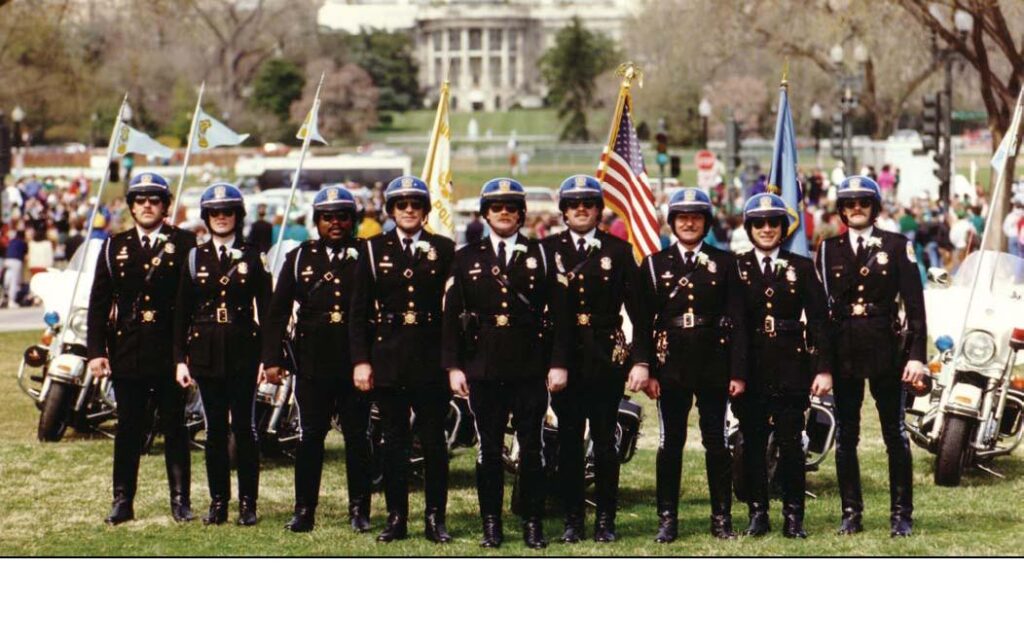


Information and Photos provided by the United States Park Police
